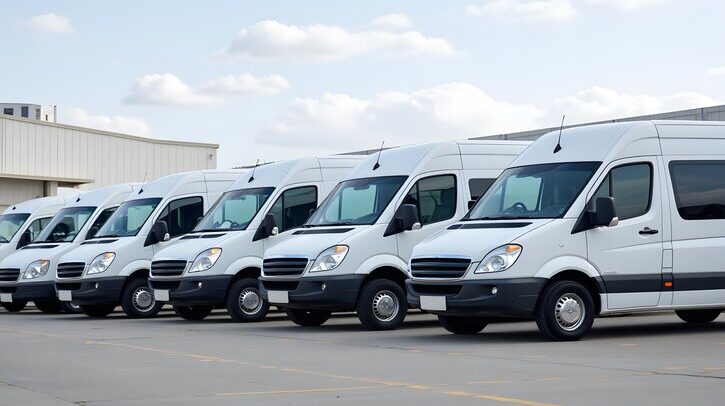According to the Mobilising the Future of Fleets Report: 2025 Energy Edition published today (May 22) by Teletrac Navman, 63% of fleets report customer demand as having the most influence in their decision to switch to alternative energies, and the speed at which they do it.
More than half of the fleets surveyed (58%) cited brand reputation and sustainability goals as the leading drivers for their energy transition, showing ‘net zero fluency’ is far more weighted toward customer perception and demand than it is a compliance priority – only 29% suggesting regulatory pressure and government mandates were guiding their decision making, according to the report.
“Fleets are focusing on their own net-zero goals as a part of their corporate reputation and long-term commercial strategies, rather than just seeing it as a compliance checkbox,” said Alain Samaha, CEO of Teletrac Navman.
“Customers recognize the importance of sustainable operations, and according to our research, are making active decisions around the businesses they support based on their sustainability credentials.”
Operational improvements
The survey found that, as fuel continues to be a critical and volatile cost center, 84% of fleets are focusing on operational improvements rather than considering new vehicle investments. Regular vehicle maintenance (49%), optimizing vehicle use (36%) and investing in driver training (28%) are some of the key areas of investment cited by fleet businesses globally to ensure better handling of their existing vehicles on the road.
Conversely, 61% of fleets are making capex investments by upgrading to more fuel-efficient vehicles (48%) or switching to those using alternative fuels (31%), indicating an important focus on the type of vehicle being used and a longer-term approach being considered by businesses when reviewing and planning for their carbon reporting and impacts, according to Teletrac Navman.
The survey also uncovered that the larger the fleet (by number of vehicles), the more advanced these businesses were in their transition – 62% of fleets with 50 or more vehicles indicated that they were already tackling their sustainability performance, with an active strategy to continue improving.
However, 46% indicated that they complete vehicle suitability assessments with the help of external consultancy (8%), while 42% preferred an end-of-life replacement approach. Almost a third (30%) of fleets had also completed a total cost of ownership (TCO) analysis, “which is a crucial step to avoid costly mistakes in expenditure and vehicle choice further down the line”, added Samaha.
Mix of vehicles
With the shift to mixed-energy fleets continuing, 61% of operators indicated that they used more than one energy type, with 32% using three or more energy sources; PHEV (39%), BEV (37%) and natural gas (23%) were the most widely adopted alternative energy sources.
Furthermore, 8% of fleets had already transitioned at least half of their fleets and 48% expected to reach the same milestone within the next two years, increasing to 85% of fleets in the next five years.
“The push for fleet sustainability is at a pivotal moment. There is no single viewpoint on the best path forward and while concerns persist, many operators see decarbonization as a strategic advantage,” said Samaha.
“The pace and feasibility of adoption remain points of debate, however, access to accurate data and actionable insights will be critical factors in making informed decisions that align with both business needs and sustainability goals.”
In related news, Royal Mail has strengthened its position as the largest electric fleet operator in the UK with the addition of its 7,000th electric vehicle (EV), deployed at its South Lambeth Delivery Office. Click here to read the full story


